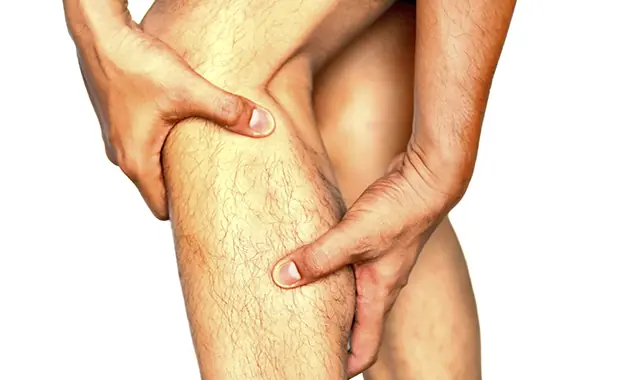
Do you sometimes have an uncomfortable, irritating and hard-to-relieve pain in the buttocks, sometimes even radiating down the leg, calf and sole of your foot?
This pain can come and go unpredictably, making playing tennis impossible. Almost every tennis player has experienced this at one time.
Tennis Events Near You
A temporary fix you can do to relieve the pain is pointing the foot on the painful side outward when walking.
This condition, which is often mistaken for a sciatica nerve problem is called piriformis syndrome.
More: Your Most Important Tennis Gear (It's Not Your Racket)
Piriformis is the largest of the six muscles in the hip that are responsible for external rotation of the leg. If you have your leg planted, the piriformis turns the body in the opposite direction, a movement that tennis players do repeatedly thousands of times.
An overused and tight piriformis muscle causes pain in your sacrum, glutes and hips. It will twist your sacrum a little bit, causing a short-leg syndrome that adds to the problem.
In athletes, the piriformis muscle shortens and spasms because of overuse or mild trauma. When it gets short, it may push on the sciatic nerve that is underneath the muscle and create the same feeling and symptoms like a sciatica nerve problem, yet it doesn't originate from spinal roots and disc compression.
More: 7 Core Exercises Every Tennis Player Should Do
There are many causes of piriformis syndrome. One of the main problems is inactive gluteus muscles, thanks to an unwanted reciprocal inhibition from overactive and tight hip-flexors. This means the tight and shortened front muscles create inactive and weak back muscles.
Your glutes extend the hip and are important in each step you take. If they are not active, other muscle groups such as hamstrings, piriformis and adductors have to compensate, and the hips get tight and overused.
If you sit all day at work or school, or if you perform seated activities such as bike riding, you are training your hip-flexors to be chronically shortened. You have to work on lengthening them and strengthening the backside.



